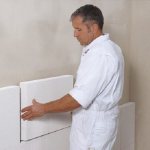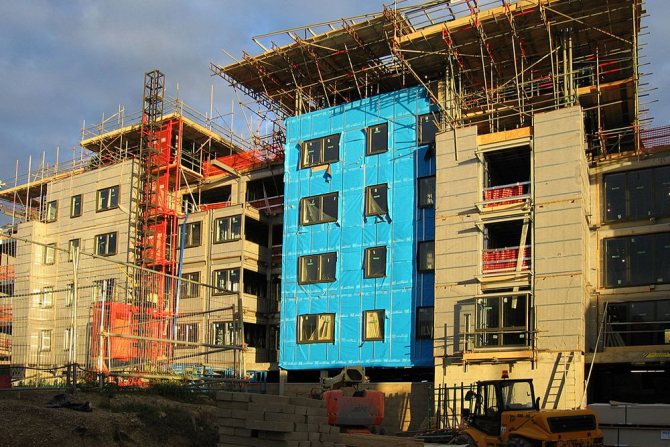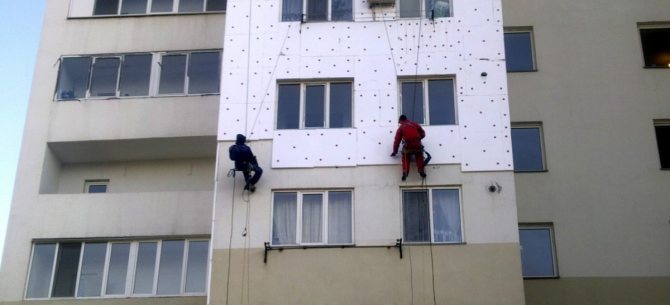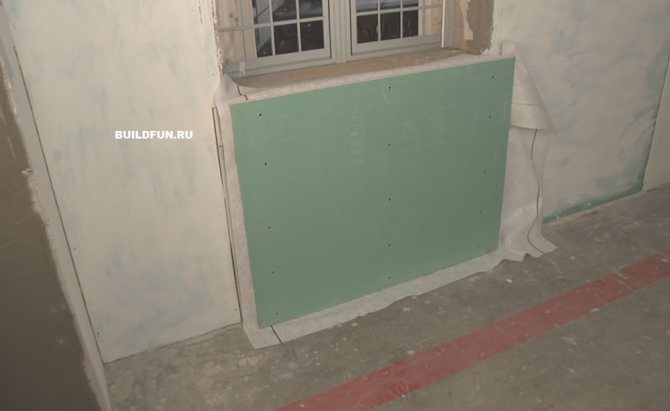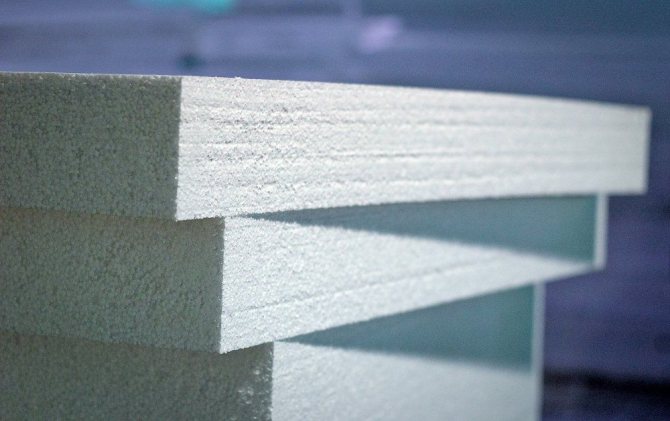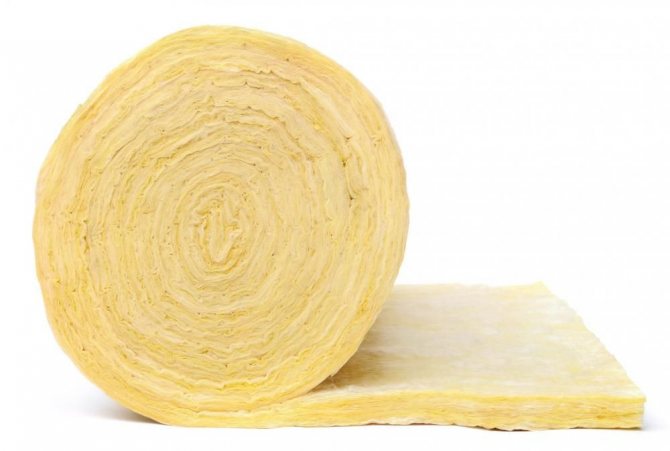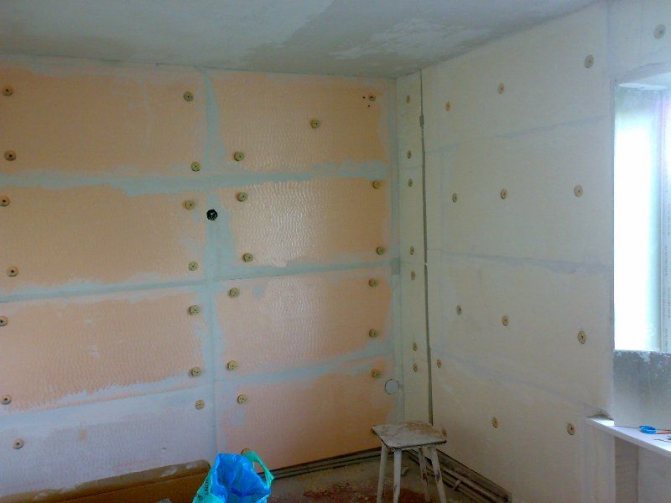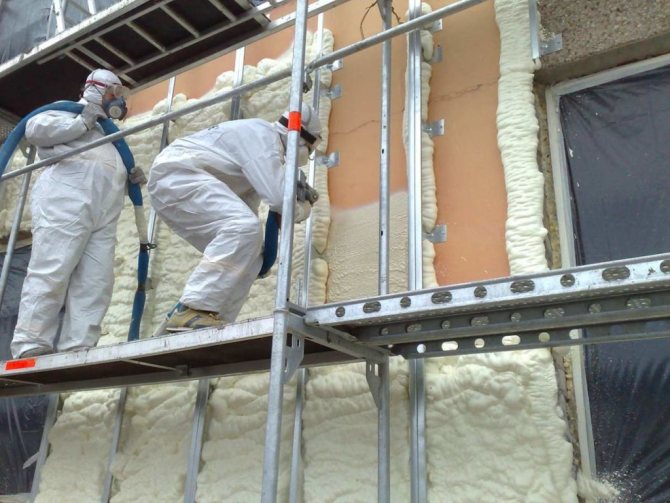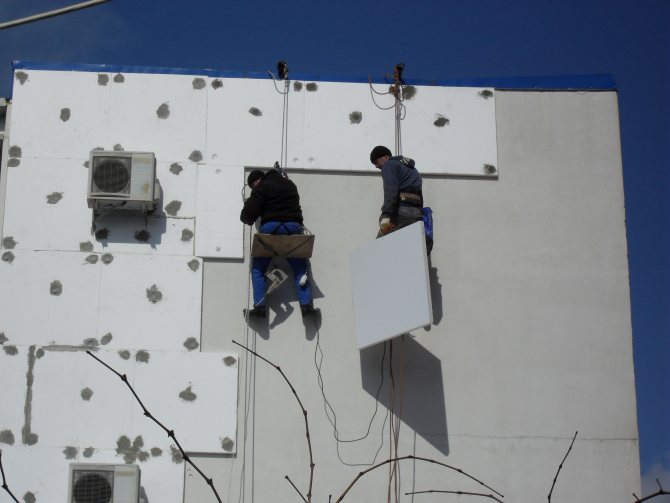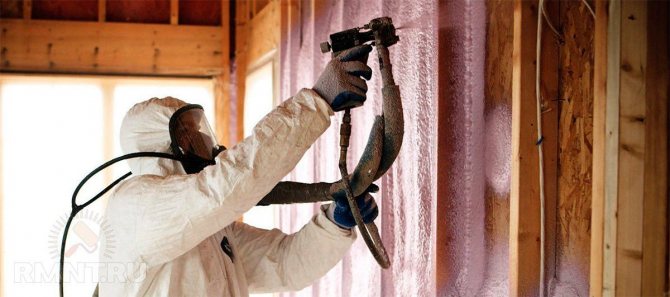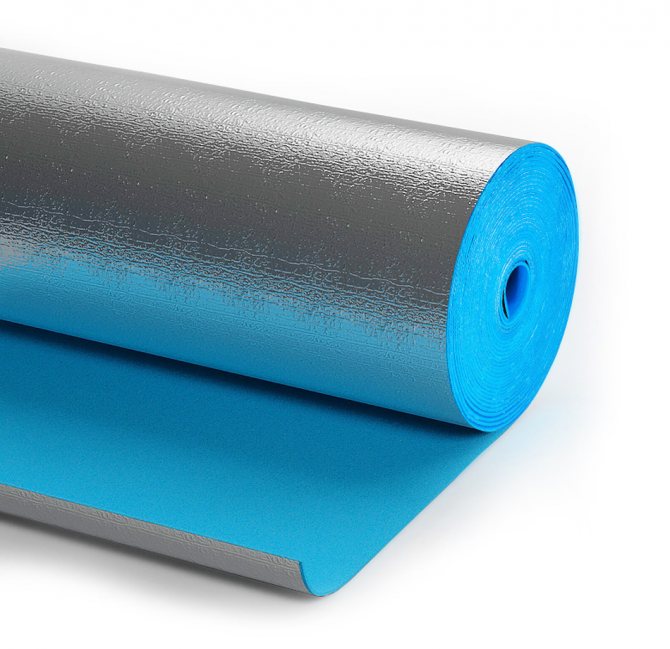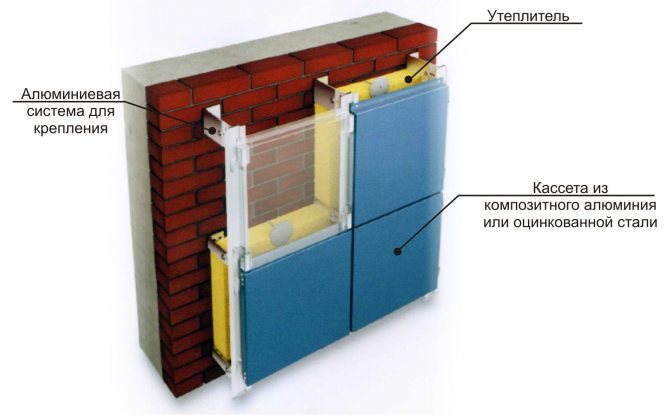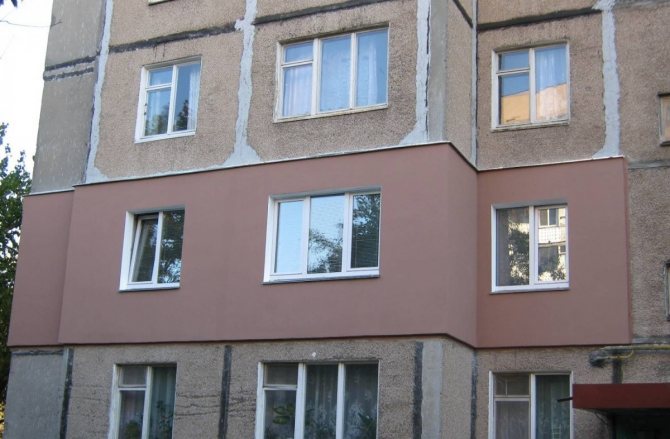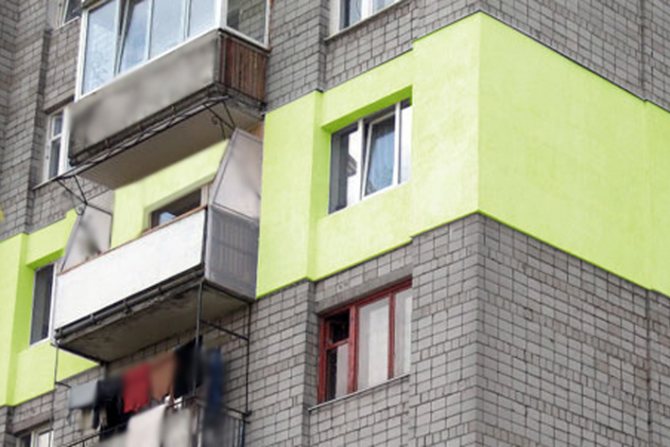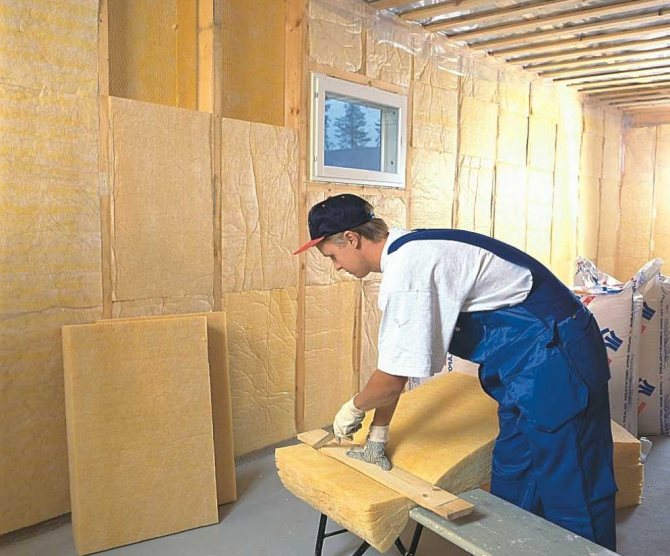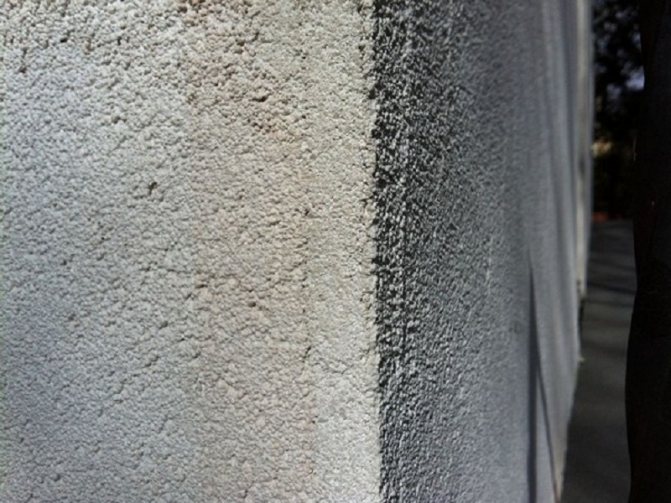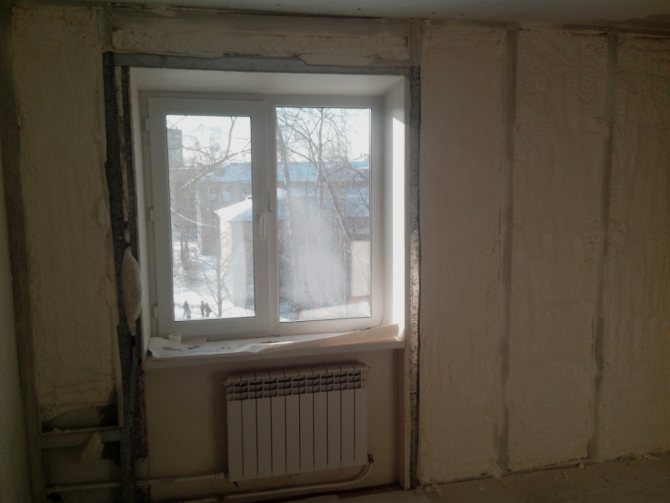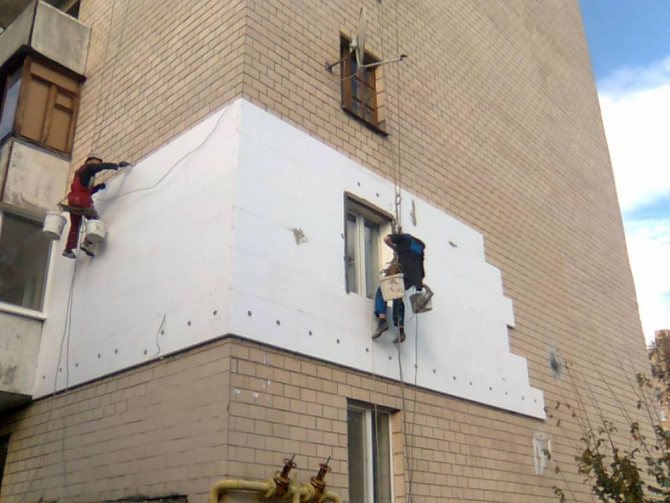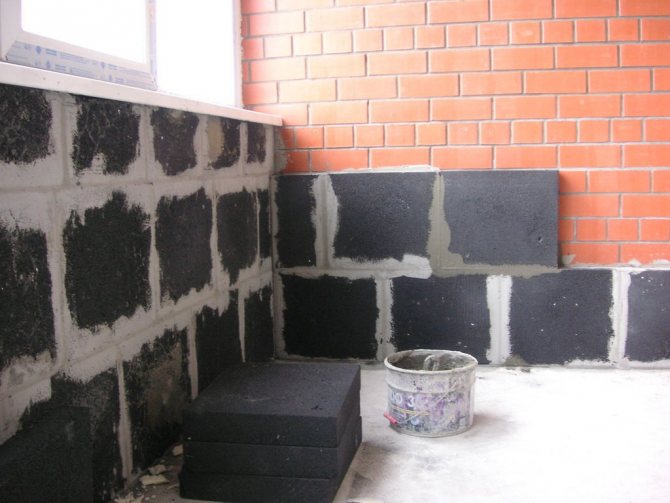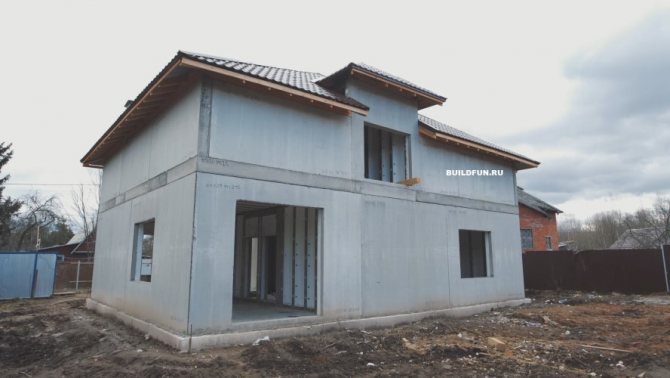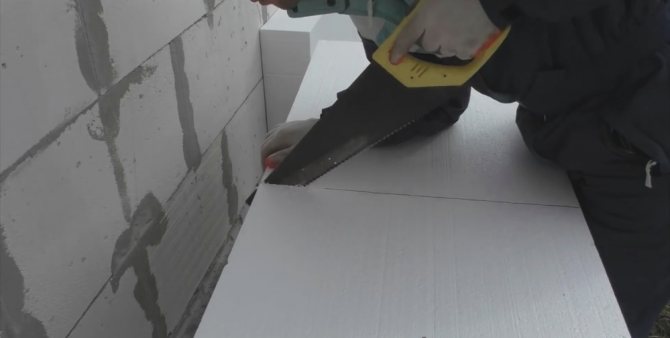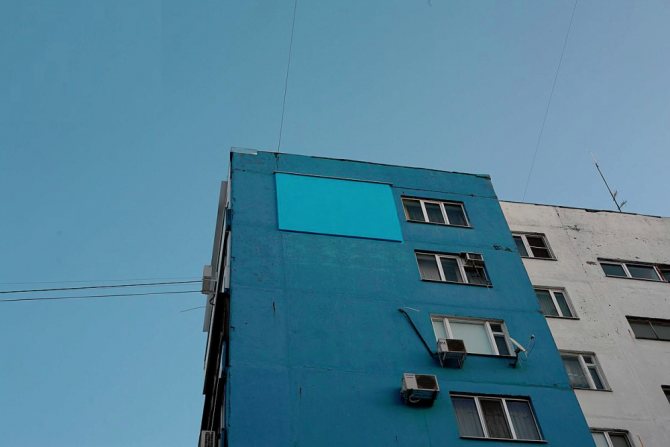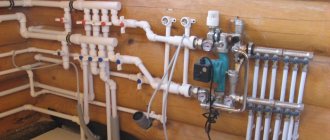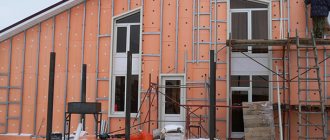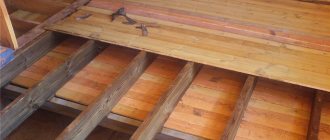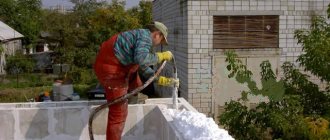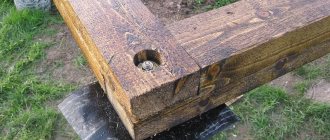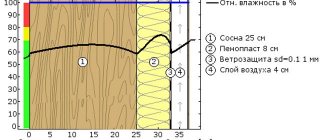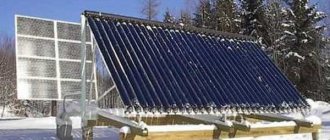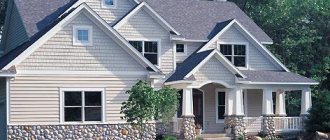Old panel houses are especially in need of insulation. This becomes noticeable with the onset of cold weather, when the heating system does not cope with its tasks. To carry out such work today, there are many ways, for example, insulation of the walls of a panel house from the inside. This technology is relevant if external thermal insulation is impossible due to the fact that the facade of the building is not allowed to be touched.
Features of cold wall insulation from the inside
It penetrates the cold outside through the seams in panel houses. If it is not possible to fill them in due to certain circumstances, the insulation should be carried out from the inside. For this, you can use expanded polystyrene or mineral wool. These materials are supplemented with foil insulation or separately use insulation paint. Usually, work involves the installation of a frame, inside which additional insulating layers are laid, overlapped by drywall from above.
If you intend to load the walls with something heavy, then you can apply plaster over the insulation, saving money. When there is no desire to install drywall, you can plaster both foam and mineral wool. In the latter case, the material must have a high density. If you want to prefer mineral wool for insulating a panel house from the inside, then it is better to choose its basalt variety, which is also called stone. This material is good because it is not afraid of moisture and tolerates heat well. At the same time, it is possible to exclude the use of a membrane, which, with external thermal insulation, plays the role of a steam and hydro barrier.
Stage 1 - preparation for insulation of the outer walls of an apartment building
Insulating the walls of an apartment building from the outside requires special training. Before starting the above work on your home, it is important to clarify which side of your home is causing the heat leaks. As a rule, end walls are most often inconvenient, especially if they are facing north. However, freezing can lurk in unscrupulously sealed seams, which are located directly between the plates. Especially panel houses and houses with a bad basement freeze through. The residents of the first floors suffer the most.
If you find construction defects that are guaranteed to be the cause of poor thermal insulation of the dwelling, you must contact the DEZ / ZhEK at the place of residence. After all, it is not recommended to individually deal with such problems. However, this is not prohibited: the owner of the apartment has the right to fix the problems on his own, but to carry out all the above work related to the insulation of housing and related repair work, the owner of the apartment will definitely need permission from the utility service. The question of how to insulate a wooden wall will be considered in the next article, but for now let's talk about insulating the walls of the facade.
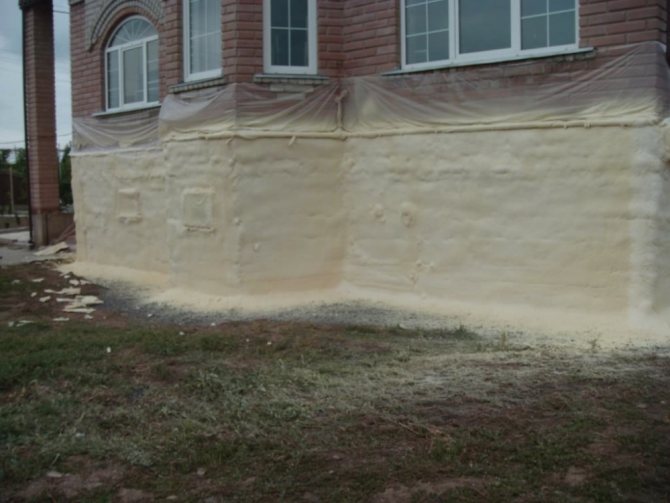
Insulation work can be quite lengthy
Insulation types
When the walls are insulated inside the apartment of a panel house, one of the many modern solutions can be used. In addition to the above options, it can be expanded polystyrene, which is much easier to work with. But it is important to take into account that the foam does not allow steam to pass through, which means that over time, dampness will form under it, which will cause the formation of fungus and mold.
If you do not want the walls of the apartment to move too far inward, you can choose warm plaster, but the effect from it will be much less than from foam materials. You can also choose modern liquid ceramics. Just 1 mm layer will be enough to equate it with 5 cm of mineral wool. Liquid ceramic consists of air-filled bubbles.
If a store offers you foil insulation, and the seller claims that it can be used as a stand-alone material, you can be sure that this is not the case. The effect of such a layer, of course, will be, but not as significant as they want to imagine.
Minvata
When insulating the walls of a panel house from the inside, you can use mineral wool. But experts advise using it in extreme cases, because it needs to be protected for at least two reasons. The first is that with free access of particles to the room, they can harm human health. The second is expressed in the fact that the mineral wool is saturated with moisture, settles and loses its original properties. Even if you close the insulation layer with a film on both sides, water will still penetrate into it, which over time will nullify all efforts to heat insulation. But if you still want to install it, then you will need to install the frame, and bring the end parts of the material into the profiles.
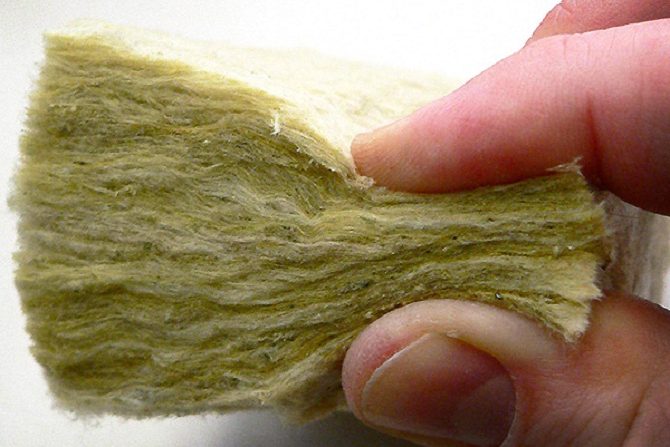

Insulation from expanded polystyrene
If you want to do the insulation yourself, you can use expanded polystyrene. It can be installed on glue, additionally reinforced with dowels. A fiberglass mesh is applied on top, which is embedded in the plaster. With such insulation of the walls of a panel house from the inside, it is necessary to additionally think over the ventilation system, since the created layer will have a low vapor permeability.
Before installing the insulation, you need to remove all old finishes from the walls, including wallpaper. Damage is repaired with putty. Further, the surface can be covered with soil. An acrylic-based composition is perfect. It is better if it has anti-fungal properties. Before installing the insulation, waterproofing should be laid on the wall. You can use plastic wrap for this. Insulation is installed on top, you need to start working from below, installing the plates in a checkerboard pattern.
As soon as the adhesive is completely dry, which will happen in about 2 days, holes can be made in the insulation, which should be 6 pieces per sheet. Dowels will be inserted there, which will further increase the strength of the structure. The end seams should be filled with pieces of insulation. At the next stage, a reinforced mesh is applied, which is recessed in a liquid finishing layer. Put putty on top, which is covered with wallpaper or other decorative material.
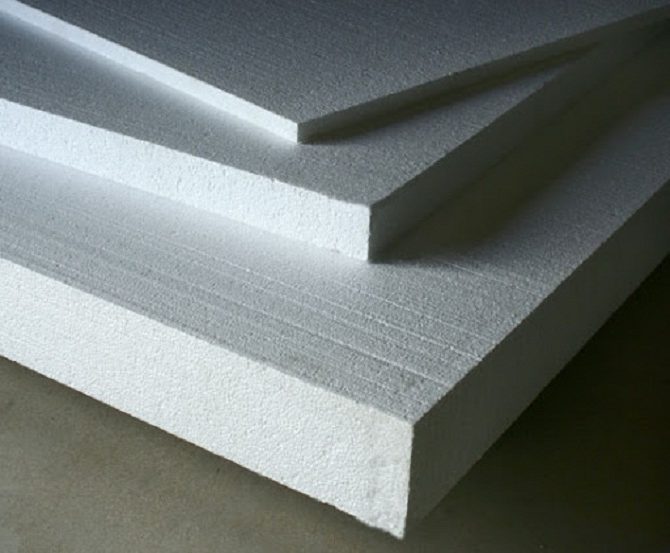

Extruded polystyrene foam
Insulation of the walls of a panel house from the inside is often carried out by an extruded type of expanded polystyrene. The work is carried out according to the same algorithm as described above. This material can be selected taking into account the density, which reaches 47 kg / m3. This indicator affects the strength of the material, but in a room it is not too important. The formed layer will be flammable, therefore it must be well protected from ignition. For more convenient installation, you should choose products with a groove on the edges. It provides a snug fit of the plates to each other.


Styrofoam use
When insulating the walls of a panel house from the inside, polystyrene is rarely used, since its effect on health has not been proven. If it is necessary to carry out work in the area of the ceiling, then it is better to mount from the attic side. When buying this material, it is important to exclude the artisanal method of production by requesting a certificate confirming the quality.
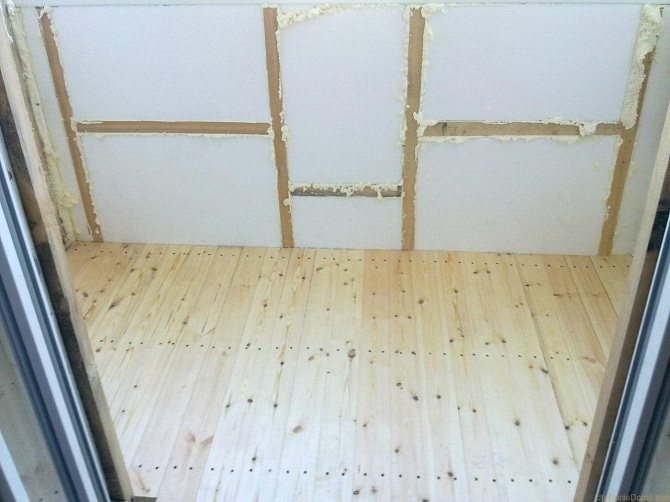

Application of keramoizol
If you want to insulate the walls with your own hands, you should consider liquid thermal insulation, which is made on the basis of polymer resins. Among the ingredients are mineral fillers, which are in the form of balls. They provide thermal energy reflection. When applied, the composition and balls are polymerized, which allows you to get an imitation of a thermos.
This material allows not only to insulate the walls, but also to make them more protected from the penetration of extraneous noise. This relatively new material is sold in containers of different sizes. It is characterized by the qualities of vapor and water resistance, as well as durability. Installation consists in the formation of several layers. To achieve the best effect, you need to apply 6 coats. The direction of movement of the brush should be perpendicular between sets. The only drawback of this solution is the high cost.
Insulation penoizol
Insulation of the walls of a panel house from the inside is sometimes carried out with penoizol. It is a liquid version of polystyrene, which is made directly on the construction site and poured into hollow structures or formwork. In this case, we are talking about carbamide foam, which is quite difficult to use in domestic conditions.
The work is inexpensive, the result is practical, and the manipulation time is reduced. Penoizol has a low density, is ready to serve for a long time and is characterized by insignificant thermal conductivity. The layer is not dangerous in the event of a fire, the material has the qualities of environmental friendliness and cannot create suitable conditions for the emergence of biological life.
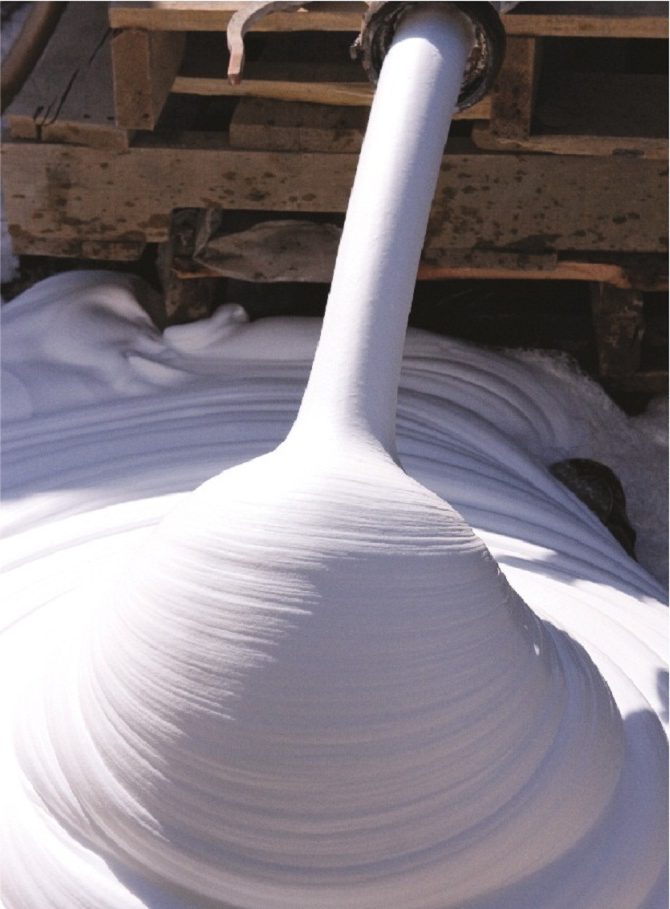

Using astratek
For internal insulation of a panel house, astratek can be used, which is liquid thermal insulation. The structure of the material is microporous. With it, you can form a seamless coating that significantly reduces heat loss without creating additional loads on walls and floors.
With such insulation of a panel house from the inside, you can be sure that the material can be used under different temperature conditions, as well as on different objects. The material adheres well to the surface, excludes corrosion, and contains organic solvents among the ingredients.
Installation of insulation on brick walls
Before starting work, it is important to decide which material will act as a heater. For a start, it is important to weigh all the pros and cons and understand that condensation will form in case of internal insulation in any case. If you nevertheless decide to install polystyrene or any other material from the side of the room, then you must fix a vapor barrier film on the wall, which will go to the ceiling and floor. Seams are glued with tape, they must be laid with an overlap on top of each other.
Now you can install the lathing, the spacing between the elements of which should be less than the width of the used thermal insulation, if it is elastic. In depth, the frame must correspond to the thickness of the insulation. Thermal insulation plates are laid out in the cells, they are covered with vapor barrier on top of them, and the seams are sealed. The next layer will be a counter-lattice, which is sheathed with chipboard or any other sheet material. This work is necessary in order to ensure that the materials inside are as well ventilated as possible.
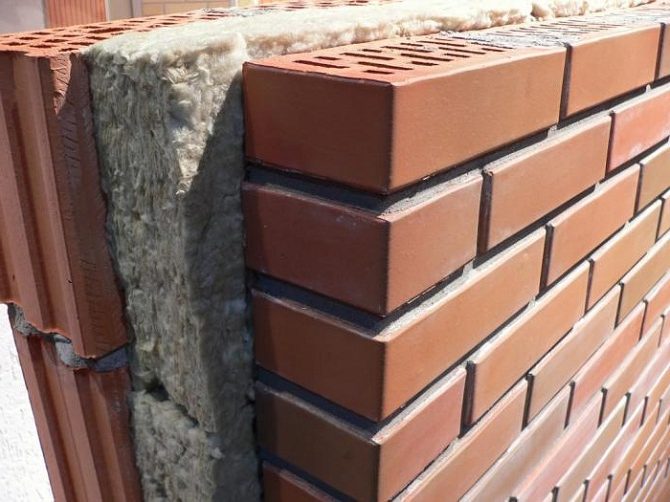

# 2. Do you need a permit for insulation?
In Russia, there is no unified document on the insulation of the facades of apartment buildings; slightly different rules apply in different cities and regions. In some regions of the country there are state programs for the insulation of high-rise buildings, and all work is carried out for budgetary funds.If your house was not among the lucky ones, then before performing the insulation you will have to contact the utilities.
The outer walls of the house are common propertyeven if the apartment is privately owned. Since facade insulation will change the appearance of the house, coordination with utilities and local architects will be required. As a rule, there are no problems. It is enough just to go to the appropriate managing authority and write a petition, and the chances of getting a positive answer increase if the petition is written simultaneously by several tenants who want to insulate their apartments. In addition, joint one-piece insulation of the facade is many times more effective and better than the "patchwork" technology of thermal insulation.
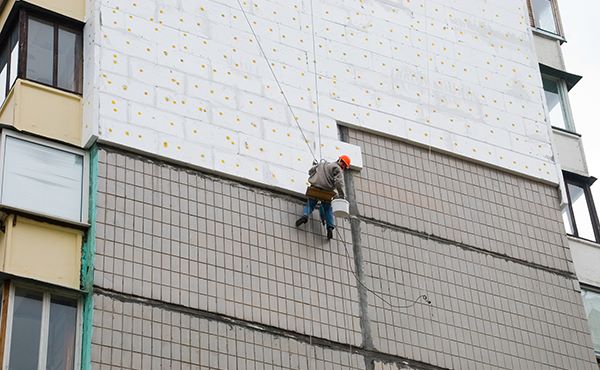

You may be denied your application if the house is of historical value. In Moscow, it is almost impossible to obtain permission to insulate only one apartment - work can only be carried out if the whole house is insulated at once. In some regions, insulation will be possible if all residents of the house do not mind.
In Ukraine, the exterior walls of a house are also joint property of residents, and, in theory, all decisions regarding changing their appearance should be made at the appropriate meetings. In practice, no one does this, everyone insulates without asking permission from their neighbors. Such an initiative may end in a court or a meeting of owners, who collectively decide to dismantle the insulation, and this decision will be completely legal. In fact, there are practically no precedents.


Thermal insulation of walls using the electric floor method
If you decide to abandon the installation of extruded polystyrene foam, replacing this method with wall insulation using the electric floor method, then you must weigh all the positive and negative aspects of this technology. Experts say that good heat transfer cannot be obtained in this case. The heating components will be located in the wall, and the heat will have to make its way through the trim or drywall. In this case, the space will warm up only a few tens of centimeters from the wall, while the heated air will immediately rise upward. The result will be the need to install an additional electric heater, which will entail costs.
If wallpaper and tile decor are pasted on the walls as a finishing finish, you may be faced with the fact that the materials will move away from the surface with constant heating. With such a heating arrangement, it will not be possible to put pieces of furniture or electrical equipment against the wall, since they will quickly fail, in addition, they will block the air flows.
Having installed such a heating system, you will encounter impressive heat losses, because the energy will go not only inside the room, but also outside the house. Foil thermal insulation is placed under the infrared fabric (to exclude such phenomena), but this only aggravates the situation, and the heating even decreases. Such walls, where the electric cable is laid, will no longer be used for hanging equipment and furniture. The same condensation will form between the warm and cold surface of the wall, which cannot but become a serious obstacle to equipping such a heating system.
Stage 2 - insulation of the outer wall of an apartment building
The walls of an apartment building can be insulated using the following materials:
• Wood boards; • Styrofoam; • Drywall.


It should be noted that when insulating a wall, it is important to insulate it completely from the floor to, as you might guess, the ceiling.After all, even the slightest crack can reduce all good beginnings and efforts: the room will still remain cold. It is always necessary to leave a gap of about 1 cm between the insulation and the wall; it is impossible to lean the shield close to the surface.
Penofol, a multilayer material based on aluminum foil, which is mixed with expanded polyethylene, can become extremely effective for creating wall insulation. Having a small thickness, penofol demonstrates good thermal insulation properties and waterproofing performance and stably maintains the temperature regime in the room. When combining penofol with drywall, you can achieve good thermal insulation performance without taking up too much space. Thus, the insulation of the walls of an apartment building from the outside is not particularly difficult - the main thing is care and accuracy.
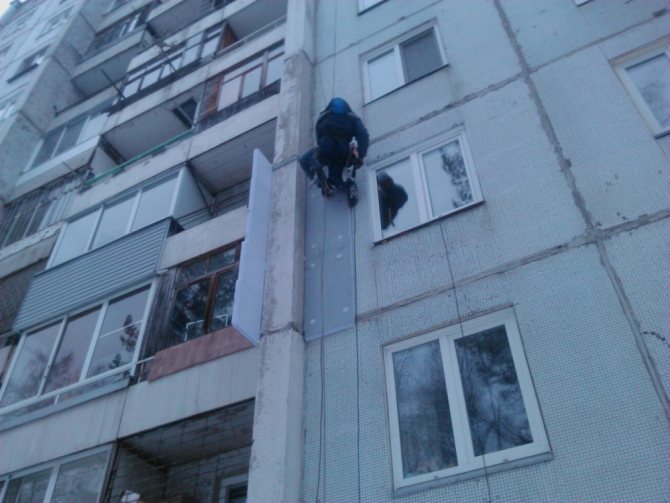

For patchwork insulation of a hotel apartment in an apartment building, climbing equipment and other special equipment are always required
